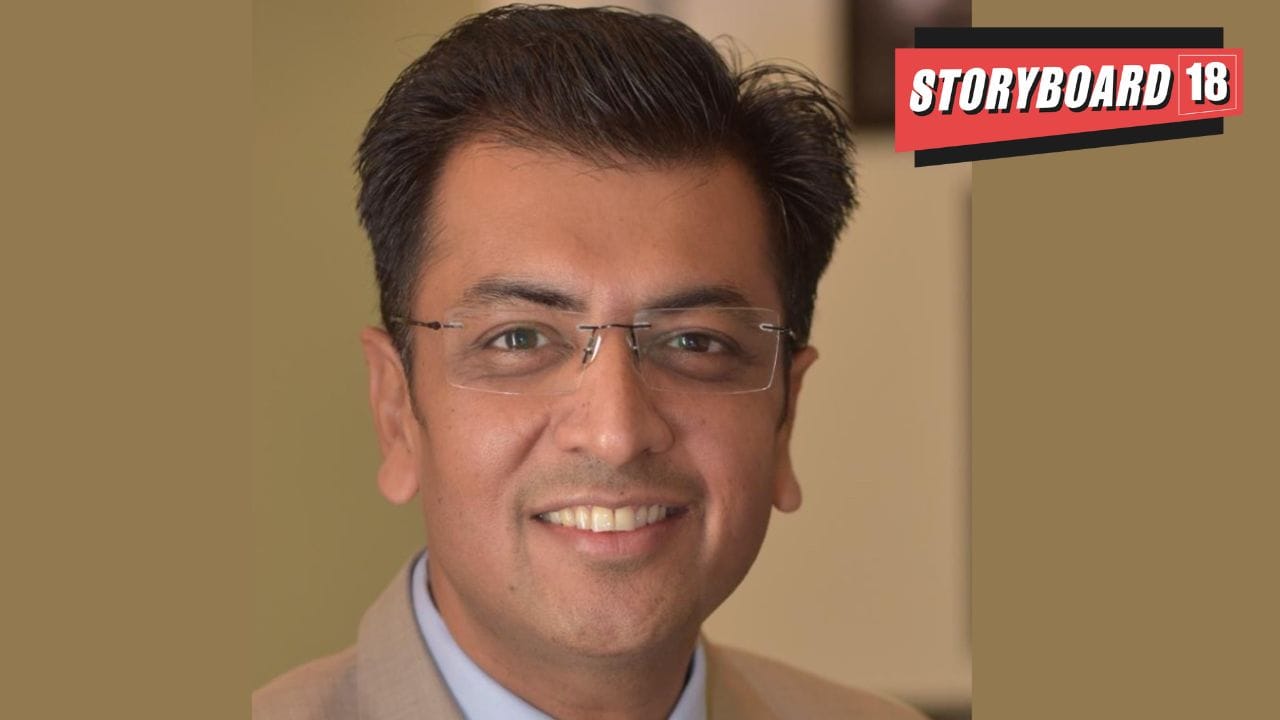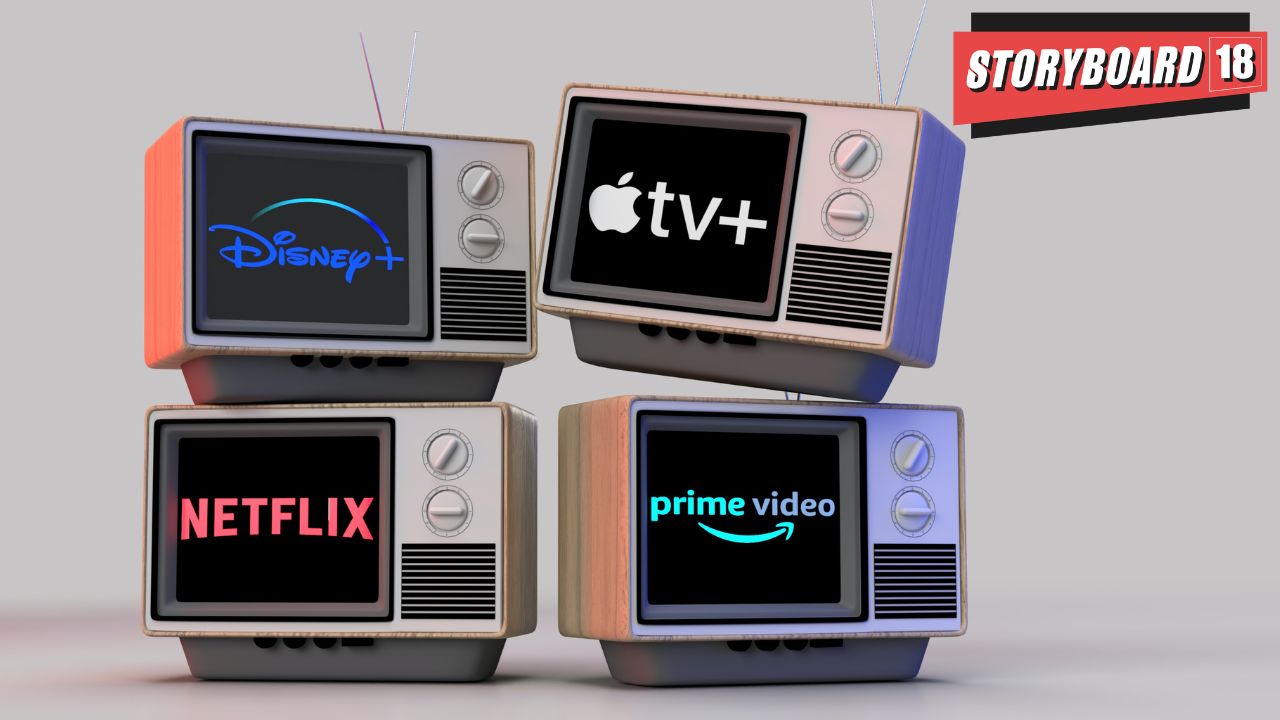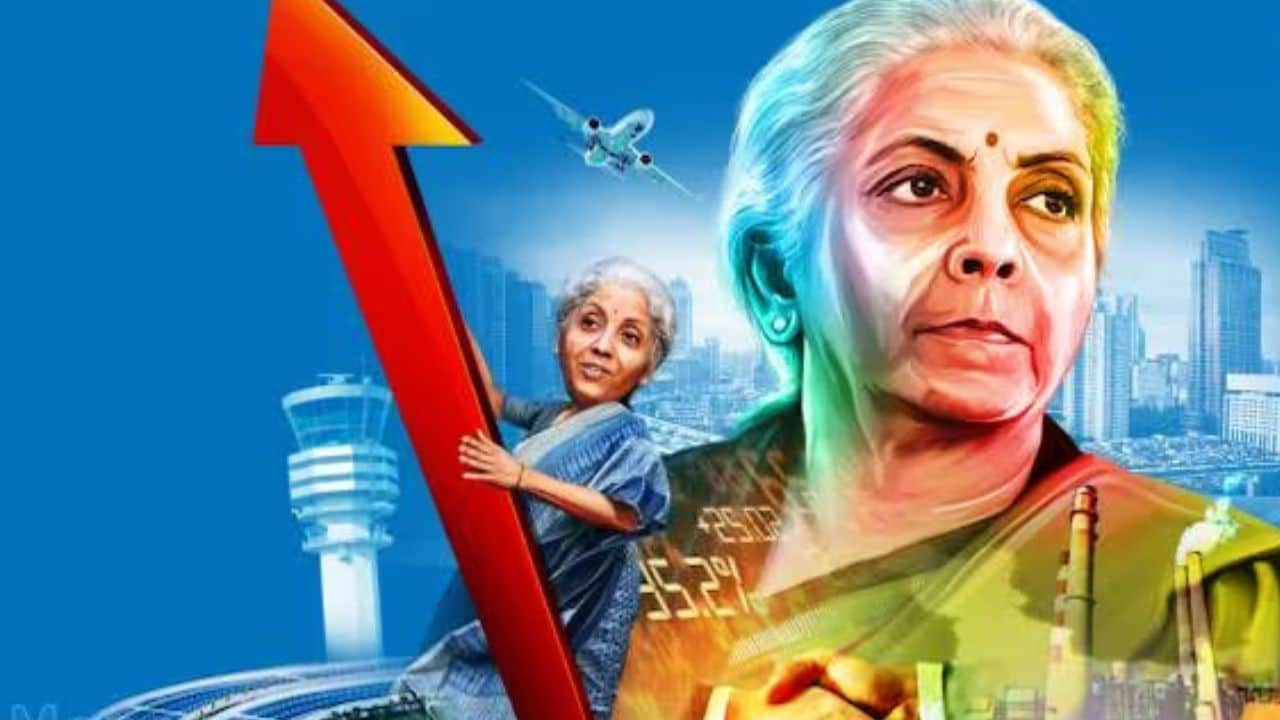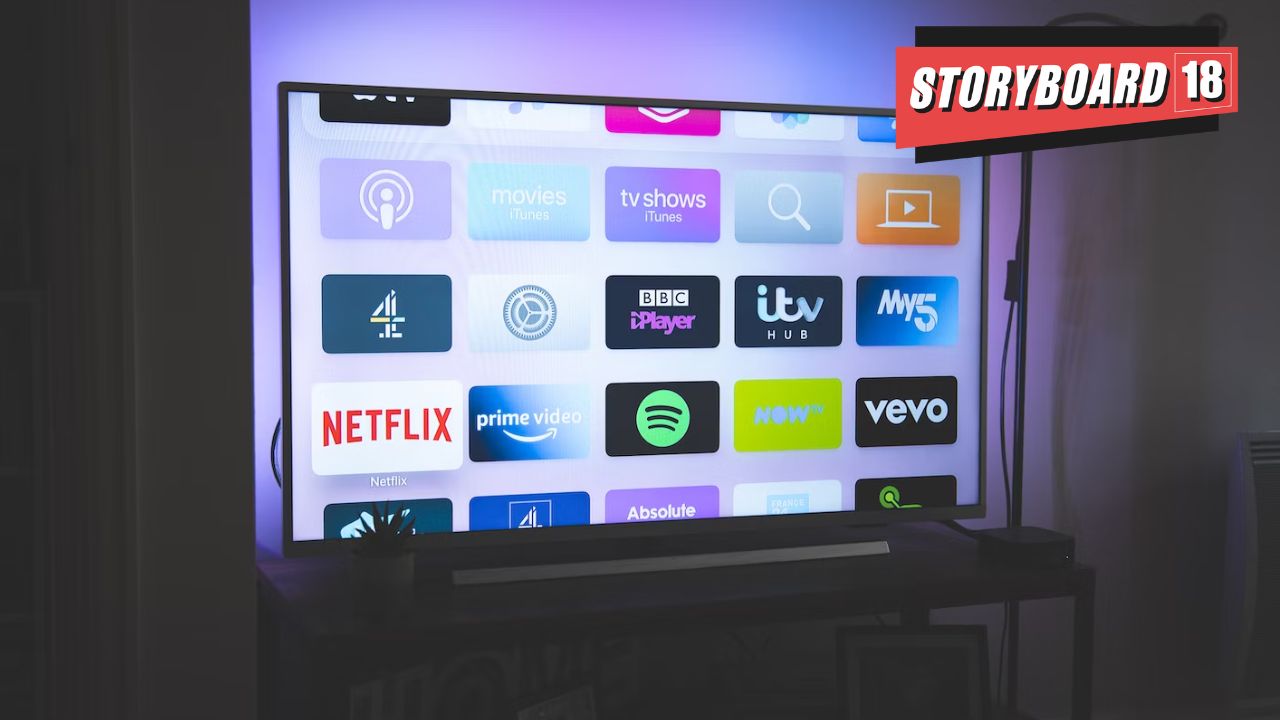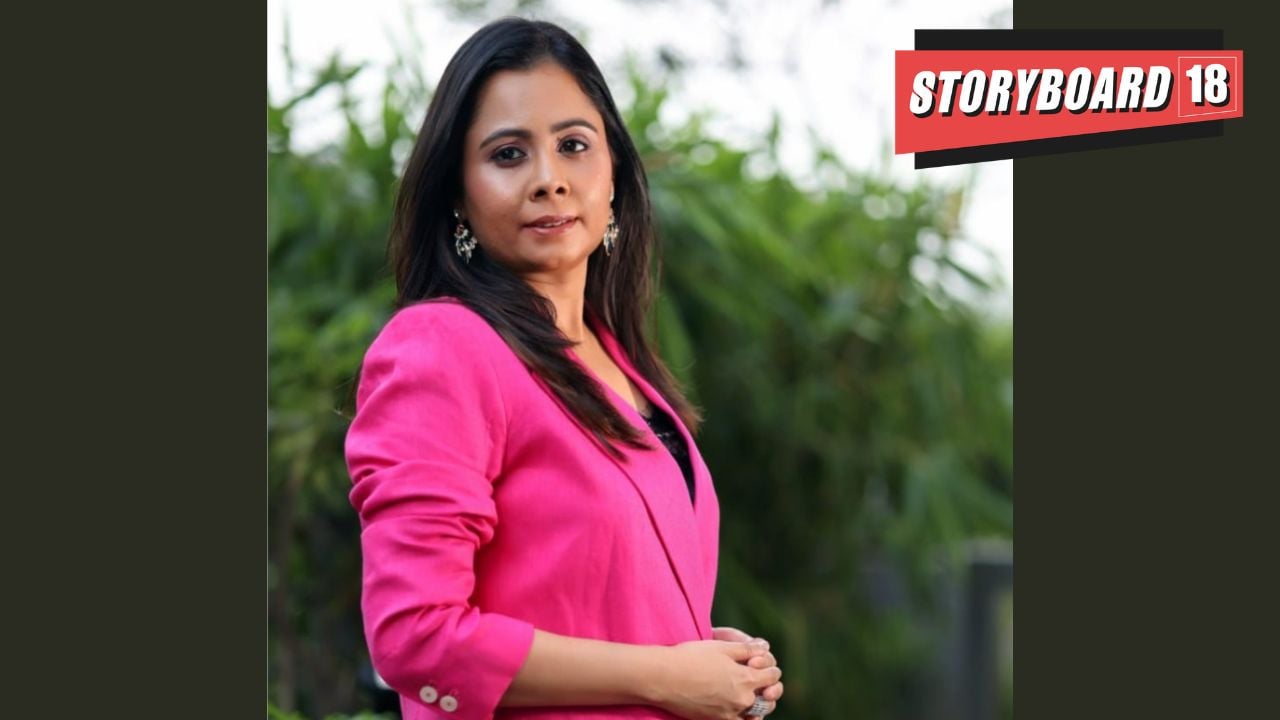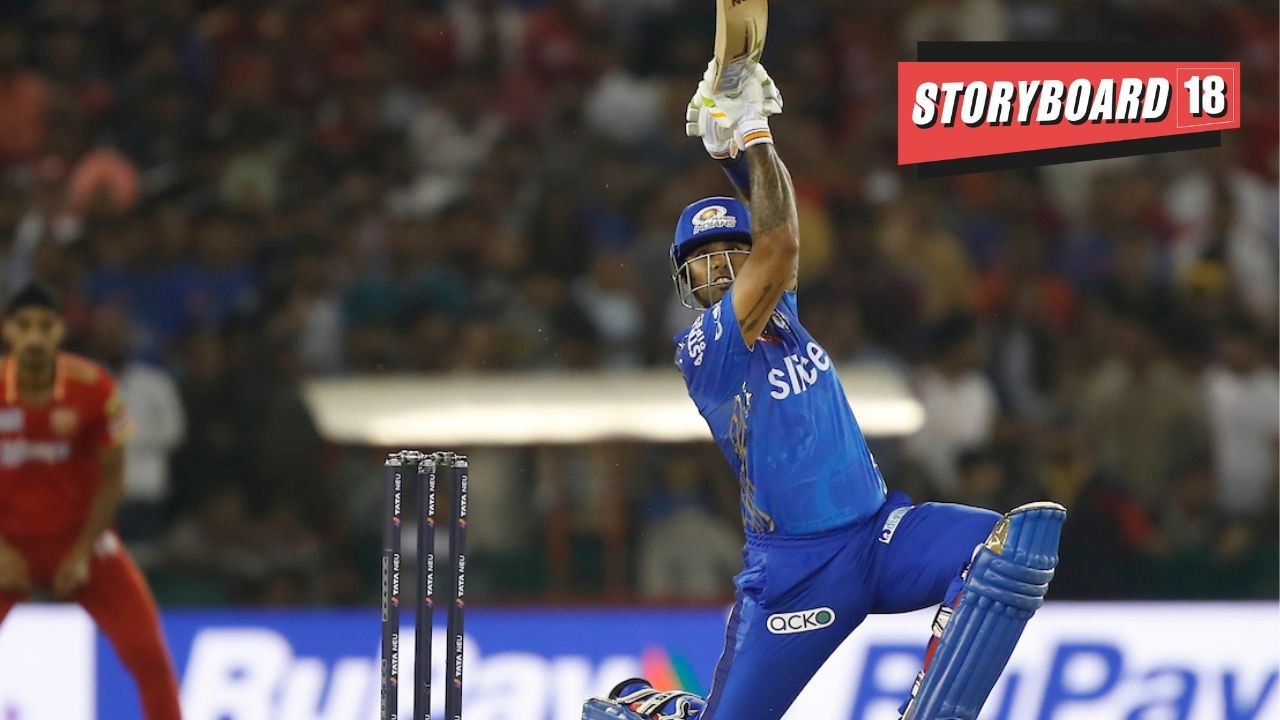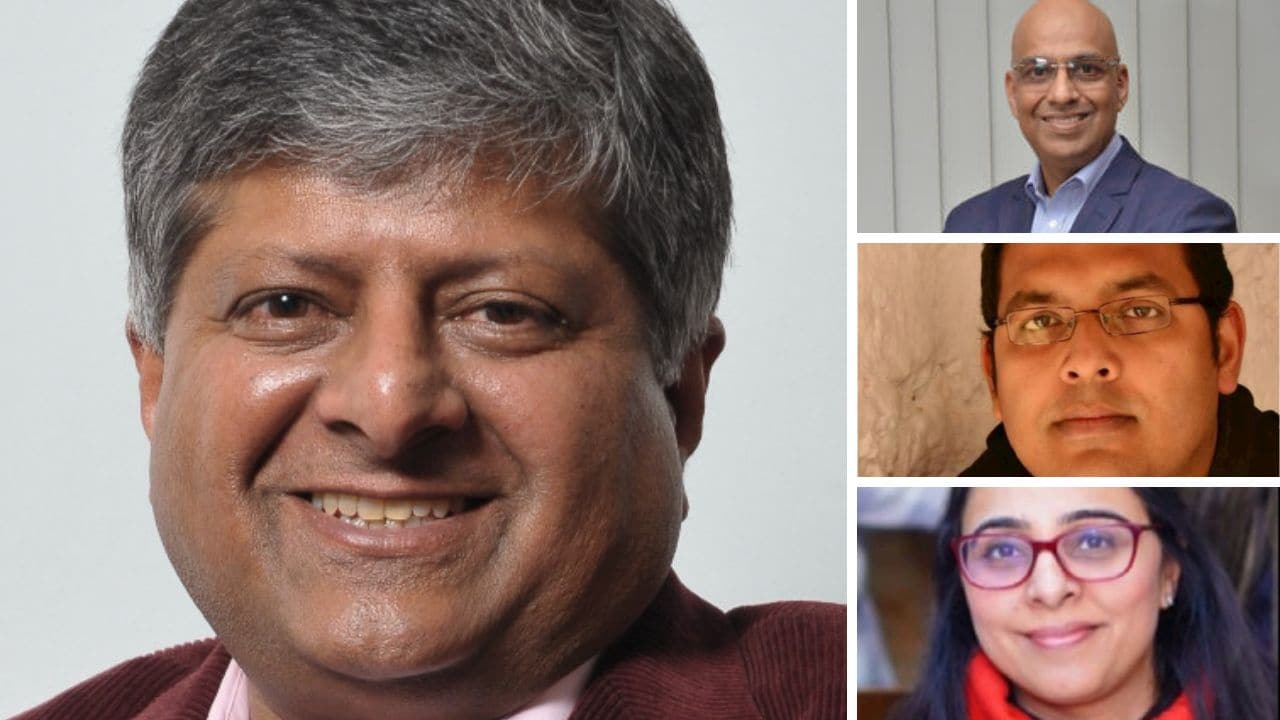At a hearing on Tuesday, US District Judge James Donato seemed skeptical of this settlement. He said that the accord seems to be giving short-shrift to consumers in its overall compensation as well as the broad release it gives the company through future lawsuits, Business Standard reported.
The World Gold Council appoints De Beers’ Sachin Jain as chief executive officer
Sachin Jain was the managing director at De Beers India.
707 mn people in India enjoy OTT audio and video services: Reports
The rise of digital entertainment services is also bolstered by the rise of non-traditional devices (smart TV, smart speakers, Firesticks, Chromecasts, Blue-Ray etc) that has witnessed a growth of 58 percent between 2021-23 at all India level.
FM Nirmala Sitharaman: RBI should hold regular meetings with fintech companies
The meeting, which was attended by RBI deputy governor T Rabi Sankar, SBI chairman Dinesh Kumar Khara, and officials from the National Payment Corporation of India (NPCI), among others, saw Nirmala Sitharaman release six action points.
GroupM report: 117 percent growth in delivery of paid media to CTV devices from 2022-2023
Addressable TV homes to surpass 45 million by end of 2024, covering 21 percent of Indian TV Homes; a growth of 32 percent over 2023.
20 percent of all the people watching video content in 2023 have been cord cutters: Kantar
Addressable TV is poised to extend its reach to over 45 million homes, constituting 21 percent of addressable TV households in 2024.
DCGI seeks information on cosmetics consignments to prevent sale of fake products
DCGI has asked for information on the number of consignments, bills, quantity of imports, cost of imported cosmetics, etc.
Nat Habit onboards Ankita Srivastava as chief marketing officer
Previously, Ankita Srivastava was the CMO at Hari Krishna Group’s Kisna, a diamond jewellery brand.
Moloco announces partnership with Viacom18 for ad serving on JioCinema
The rise of streaming video globally coupled with the complexity of serving ads at live events makes this partnership an exciting opportunity to innovate, by delivering engaging ads and profitable advertiser ROI.
New consumer classification to help advertisers with precise targeting, says BARC chair Shashi Sinha and top marketers
The Indian Socio-Economic Classification (ISEC) proposed by the Market Research Society of India (MRSI) is under review by BARC. Stakeholder consultations will guide the decision on adopting this new classification system.

